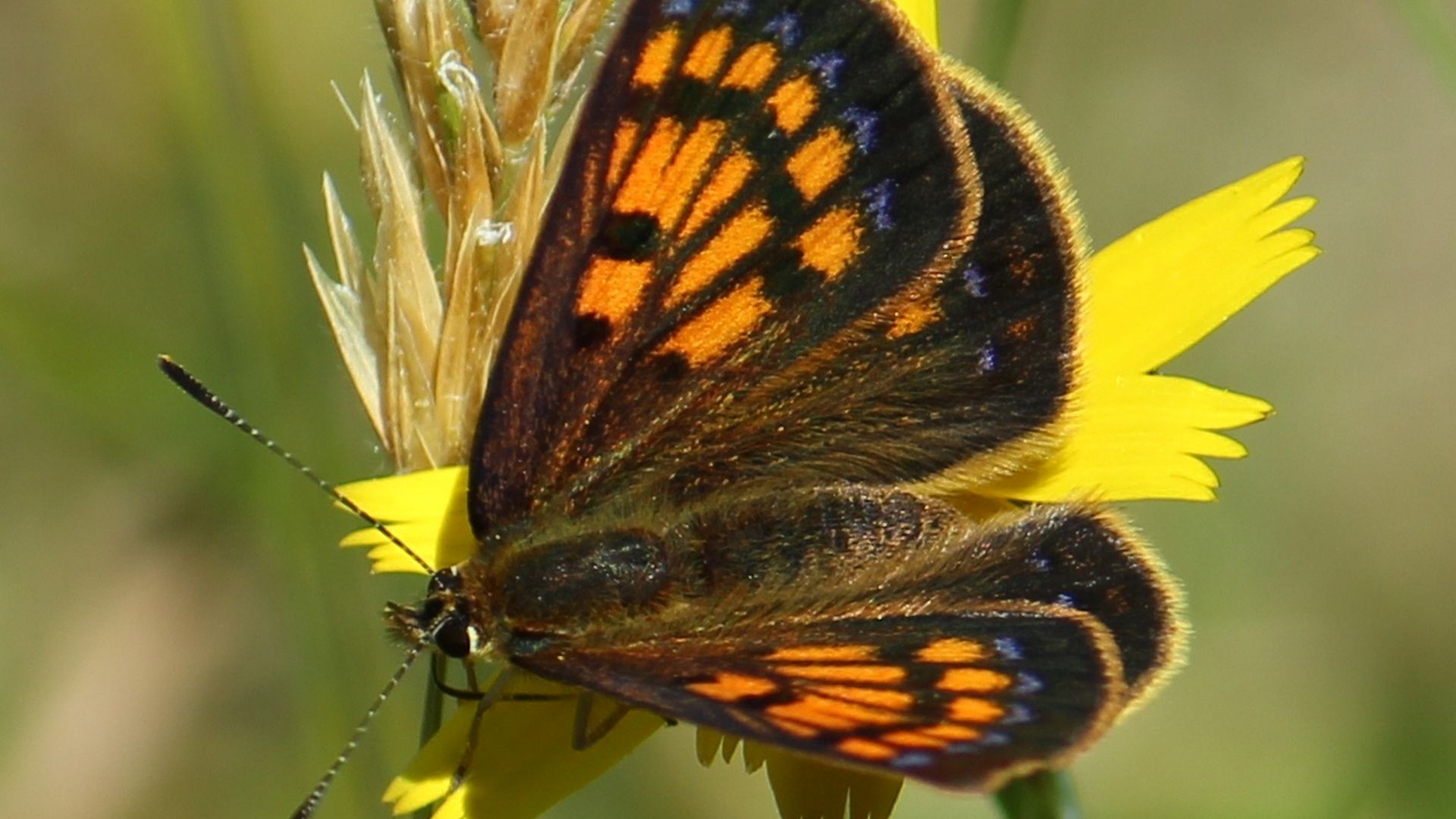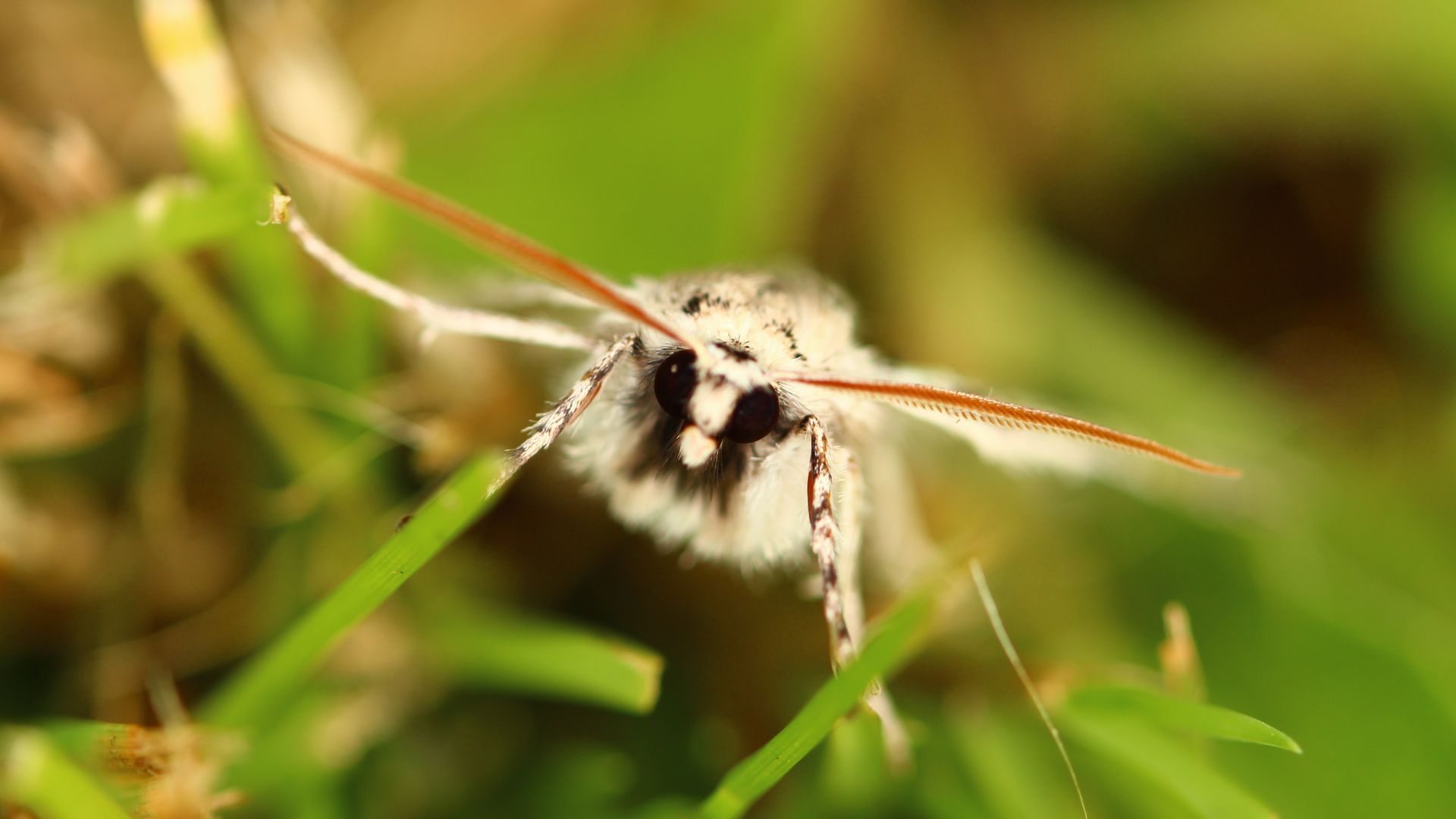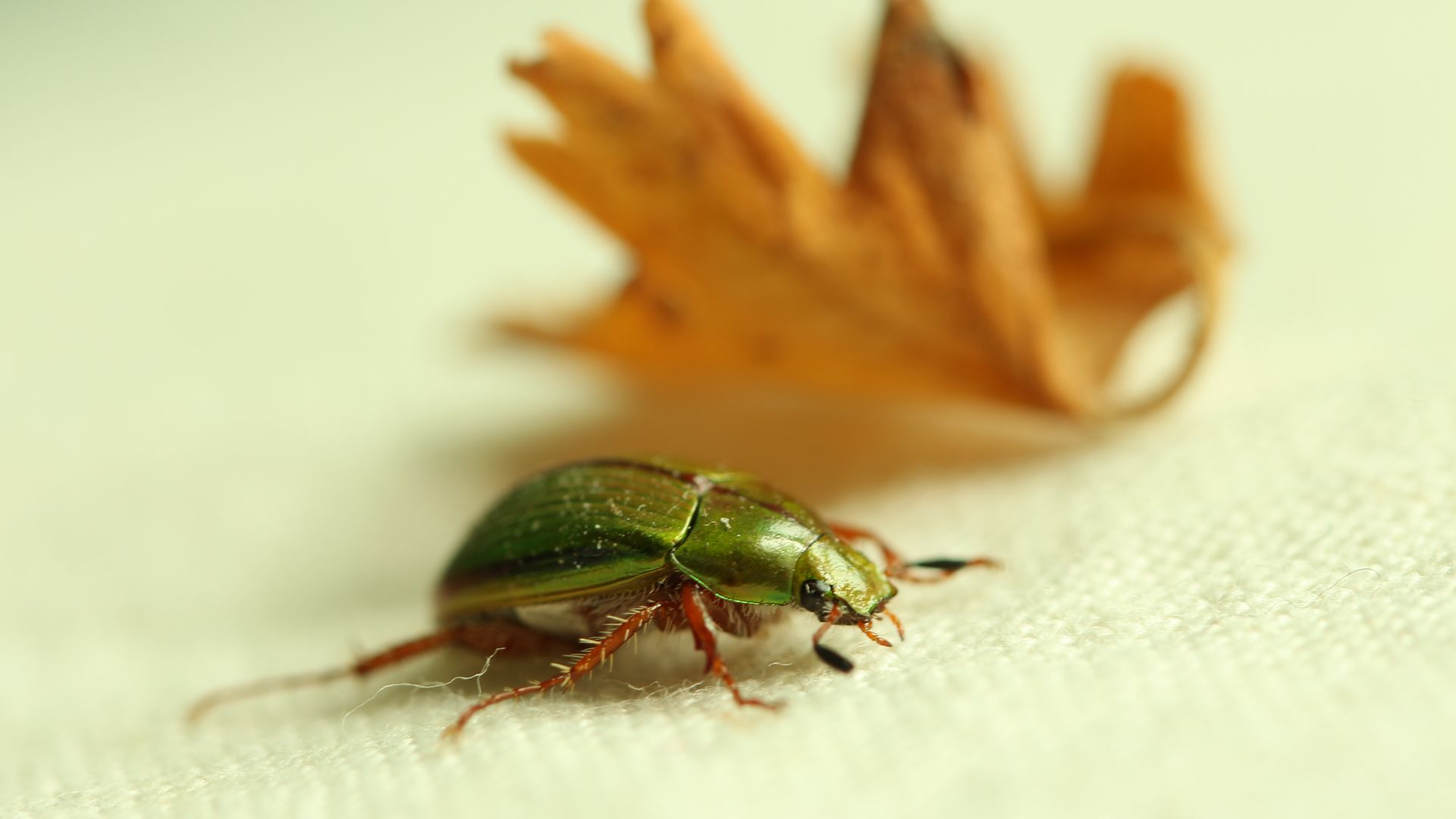Tips for photographing insects
So you want to photograph insects?

TIPS FOR PHOTOGRAPHING INSECTS.
New Zealand invertebrates are, as a general rule, fast moving and do not stay in one place for long. This makes them notoriously difficult to photograph but there are a few tips that will help to make the task a little easier. First though, you must find and capture insects to photograph. There are several ways to do this.
To capture moths: pin a bed sheet against a wall and shine a light upon it. The species of moth you attract will depend on the wave length of the light used (insect see at the ultraviolet end of the spectrum and different species respond to different wave lengths). The time of night that you undertake the task will also affect the result as different species are out at different times of the night.
Once a moth has settled on the sheet, simply place a jar over it and slide a sheet of paper between the lid and the bed sheet. Then turn the jar upside down so the moth flutters up into the bottom of the jar and replace the lid. If you then put the jar in the fridge until the following day, the moth will go into stasis (being cold blooded, insects go to sleep when the temperature drops below 10° Celsius).
Please note - DO NOT put moths in the freezer as most insects will die if frozen.

When you are ready; tip the moth gently onto a backdrop for the photograph. You will still need to be quick however as moths warm up very quickly.
A makeshift light trap: Inspector Insector has designed a homemade light trap for children made from a torch and a 2 litre coke bottle. Firstly, cut the coke bottle in half, then put a bit of scrunched up newspaper in the bottom. Next turn the top upside down to make a funnel and slip it into the bottom part of the bottle. Position a light over the funnel and leave it out in the garden overnight on a warm, dry evening.
Searching for insects: You should use a red light (you can tape red cellophane over the lens) to search for insects after dark because this will not disturb them.
Sugaring: another method for finding beetle and weta species, is to paint a mixture of over- ripe banana; brown sugar and whisky onto a tree trunk or post in the evening and wait for insects to be attracted to it. This should take about half an hour - then put the insects in a jar and place them in the fridge.

Black light: a black light is also useful when searching at night as some species glow an iridescent green under ultraviolet light. Be aware though, that a black light will disturb the insects and so you should only use it to locate your subject before switching to a red light to affect the capture.
The most important part photographing insects: Once you have your photographs, please return all the insects to the area where they were found. These animals are very special. With between 50 and 75 % of New Zealand’s invertebrates yet to be classified, there is a very good chance of collecting an unnamed species and because of marked decline and our limited knowledge, you may very well find you have photographed an endangered species. Here’s a link to an excellent Facebook page that helps to ID NZ insects: https://www.facebook.com/groups/NZBugID
What our other guests had to say
Tiny Away is a great base to explore the Catlins and beyond... set within a 10 acre landscape with a food forest and donkeys. The place is exceptionally quiet with birdsong all around. The tiny home is modern and purpose built with all the amenities you require. The hosts are helpful and...
Iain, United Kingdom
Beautiful tiny house surrounded by nature
Veronica, Queenstown
It was great being in a rural setting but also so close to Owaka with shops & a 4 Square supermarket. This was a great base for exploring the Catlins over three days or so. The tiny house was definitely small, but it was also very modern and comfortable.
George, Auckland
